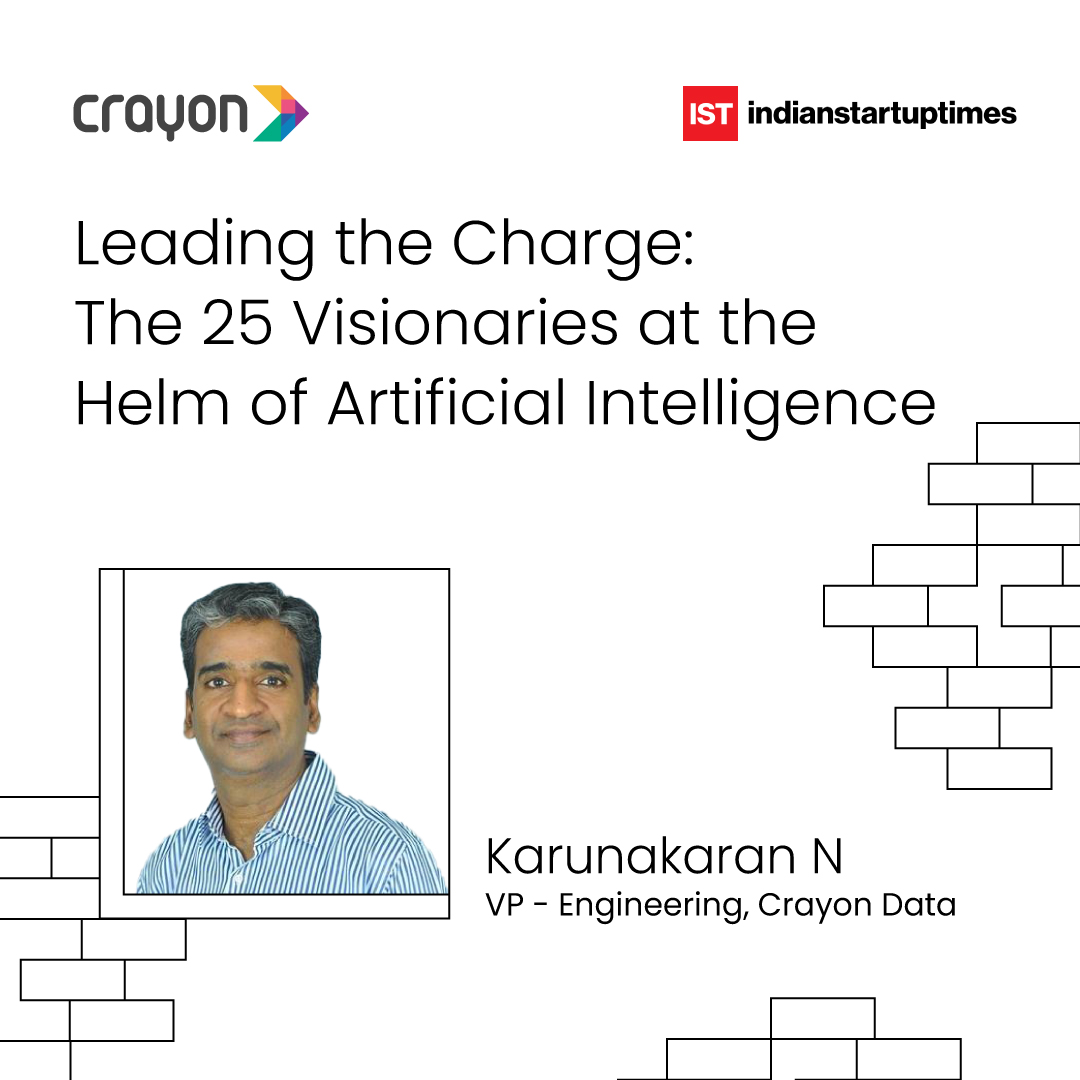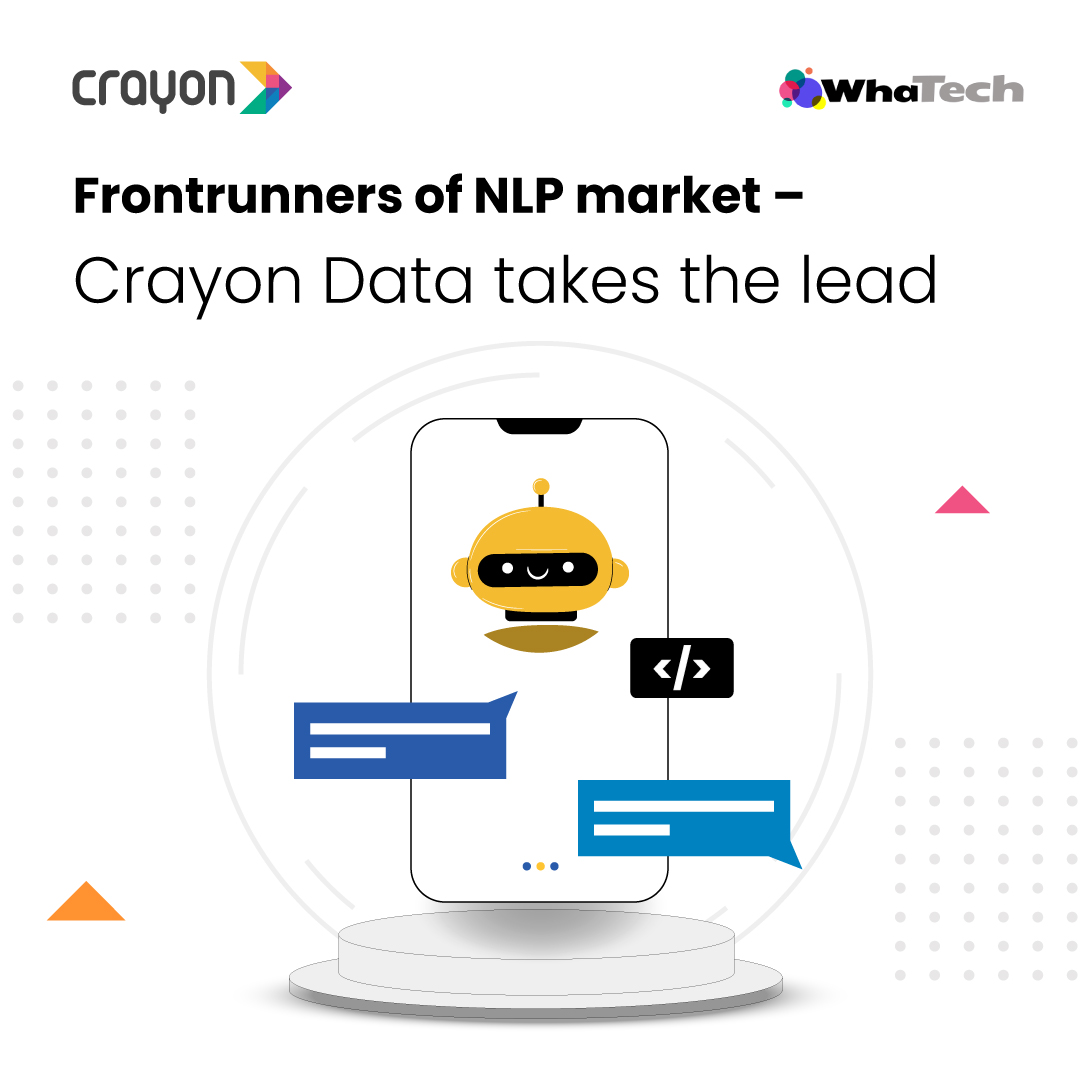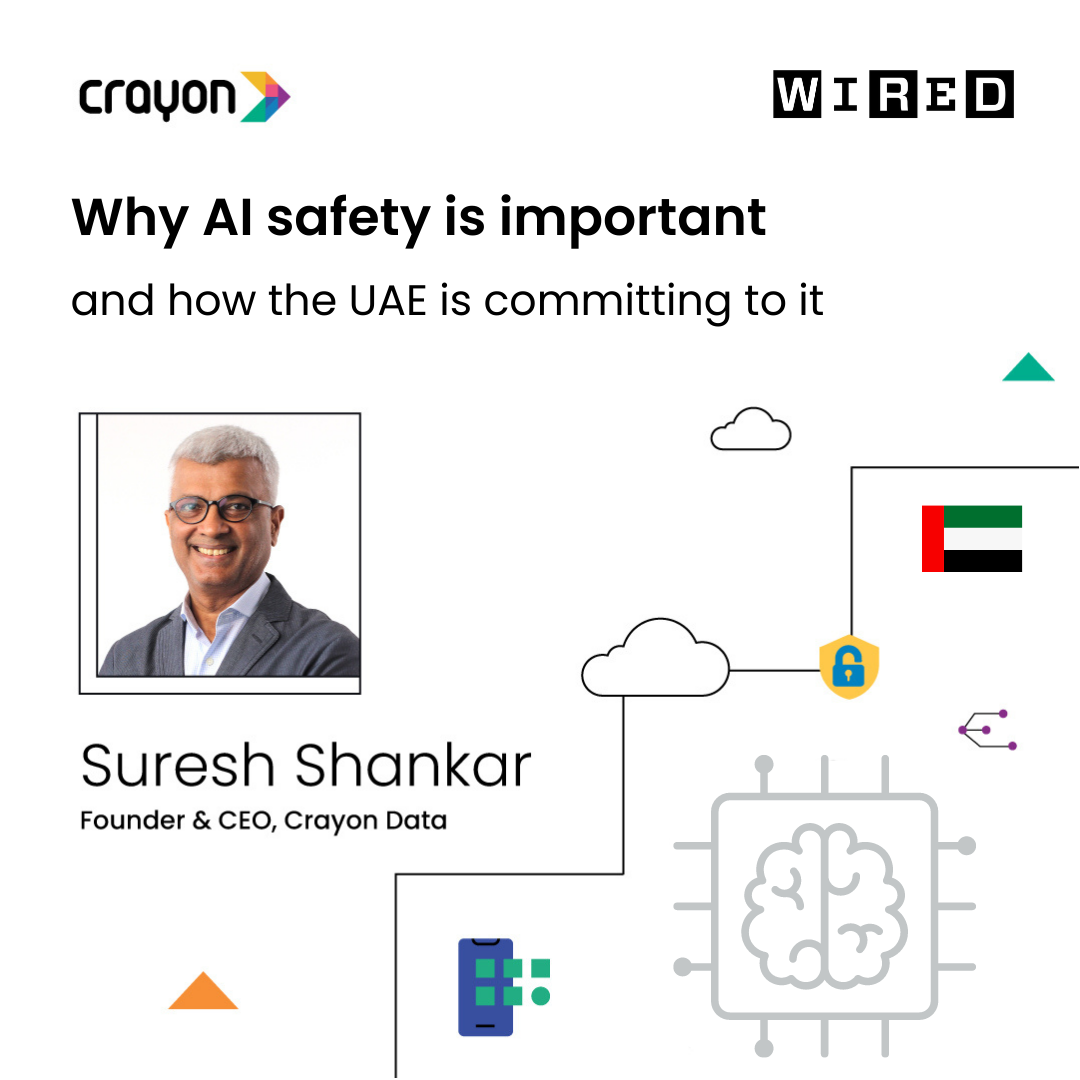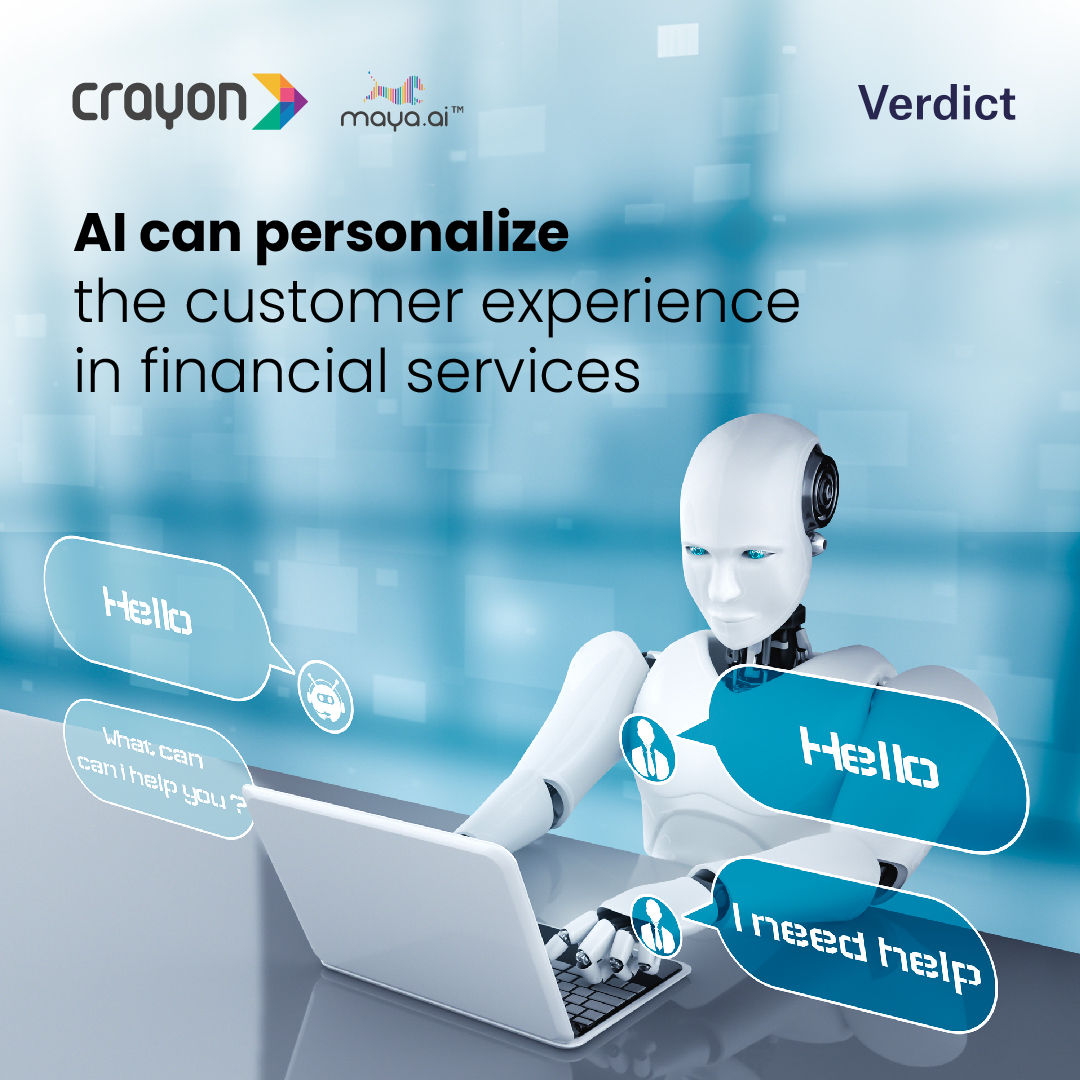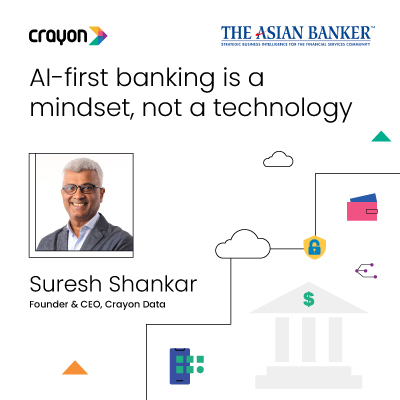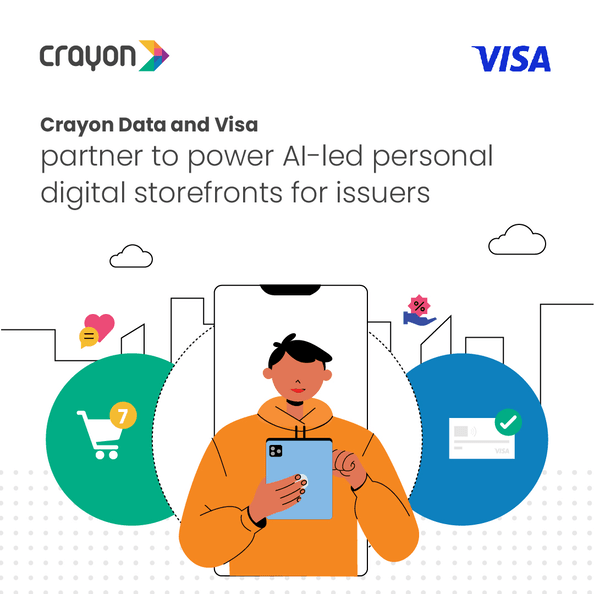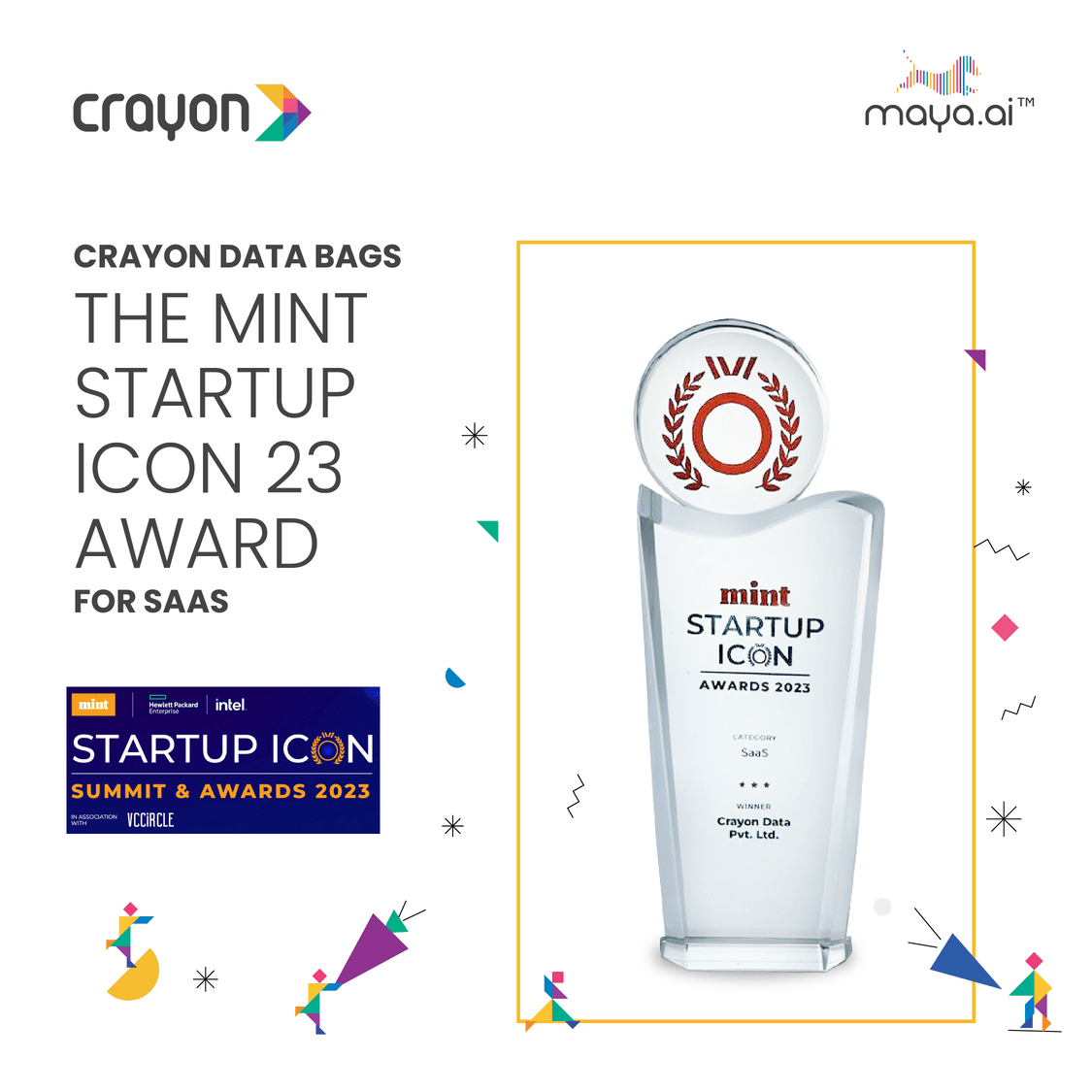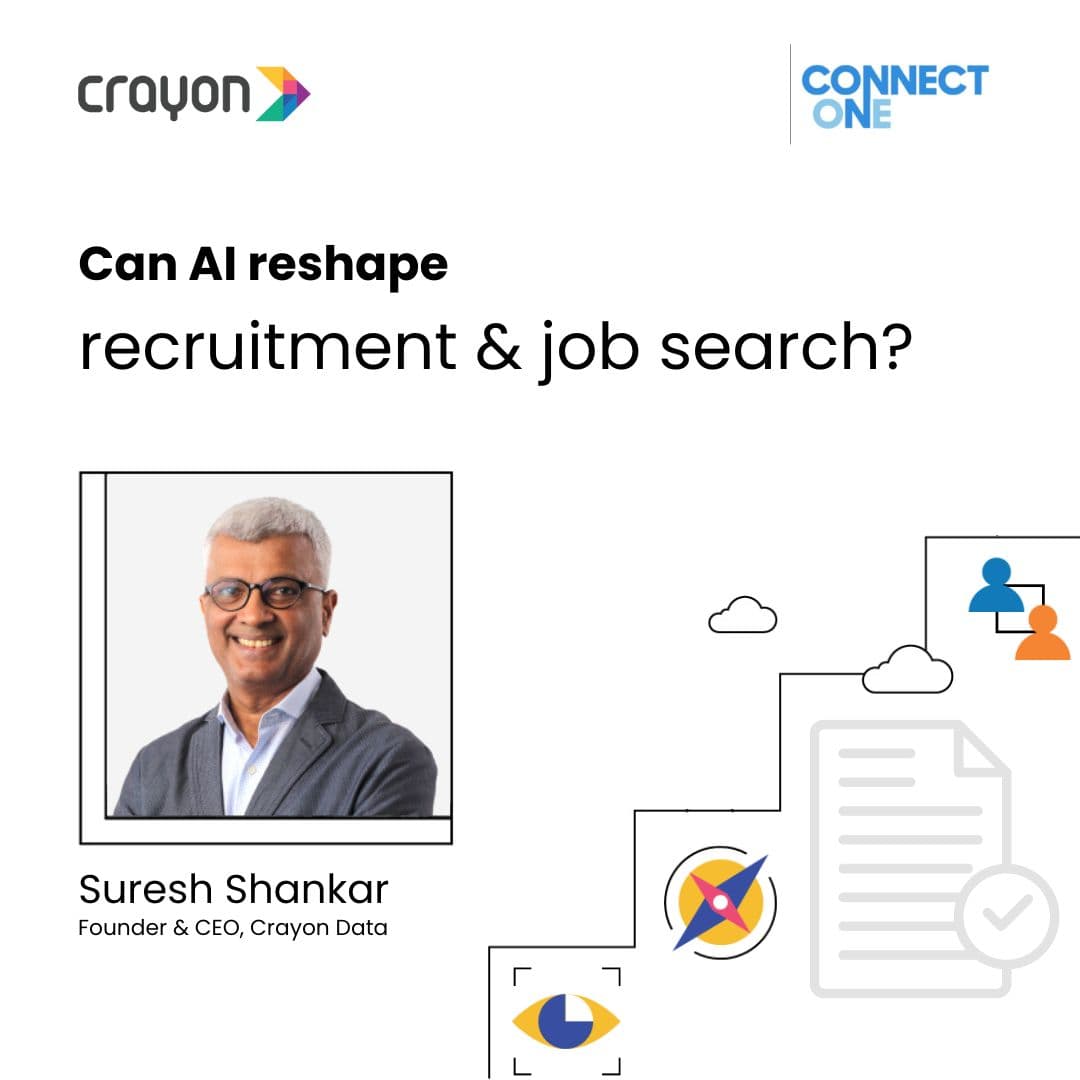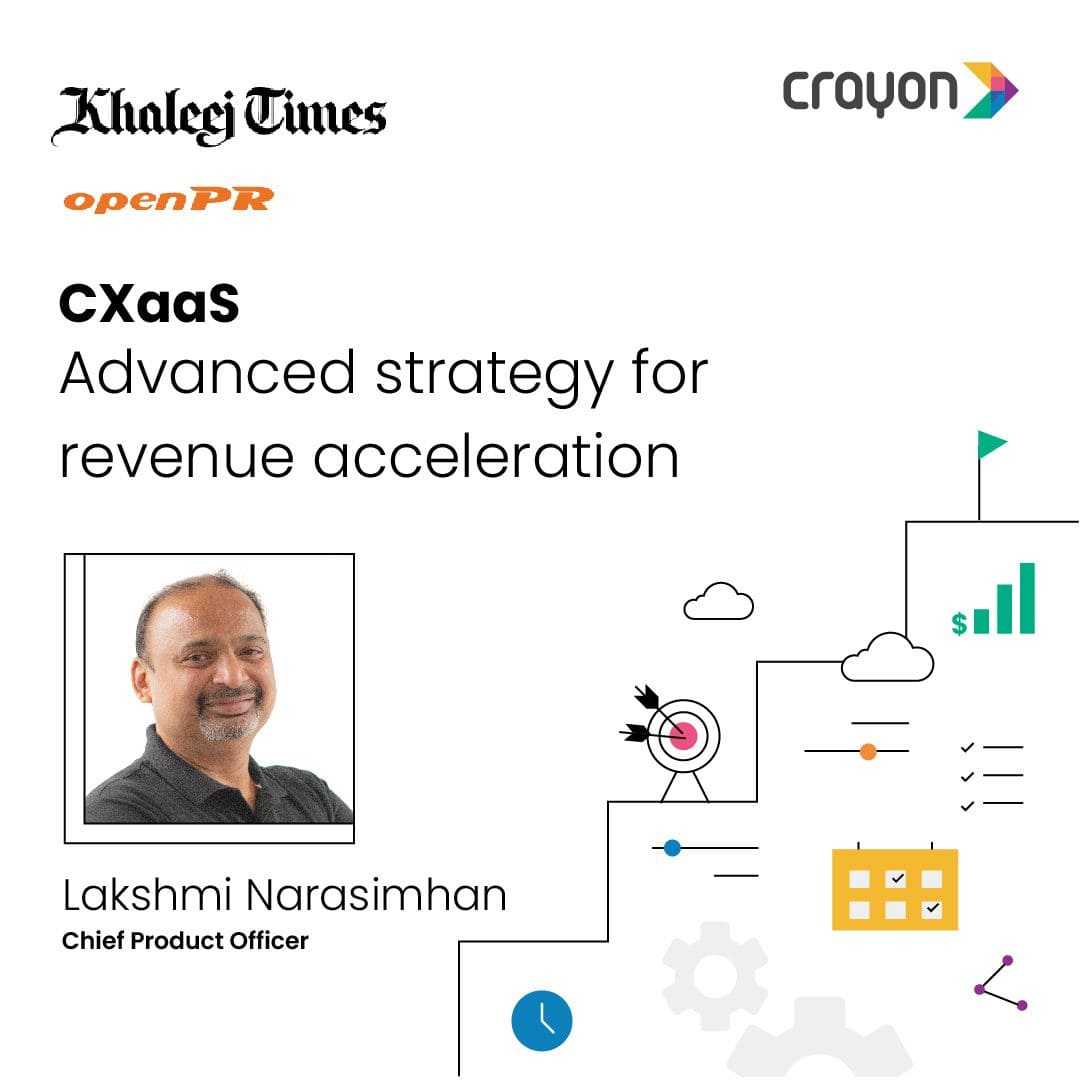Date: 12-May-2023
Source: GEC Media
Key Takeaways
- 86% of customers say they would pay a premium to brands that offer a fabulous experience
- 92% of analytics professionals say their firms need to increase their use of external data sources
- Only 28% of banks can integrate structured customer data to use in AI-led initiatives
- An efficient DaaS partner can also suggest better methods of collection to prevent or lessen the need for data cleaning in the future
An Accenture study found that 80% of organizations are sitting on unstructured and inaccessible data.
Blind dates are no longer fun. Dinner at the best sushi spot in town will fall flat if your date is vegetarian! Today, it’s cooler to do your research ahead of time. Especially if you’re catering to lifestyle customers. Because 2023 is the year of Customer Experience (CX). Personalization is table stakes.
86% of customers say they would pay a premium to brands that offer a fabulous experience. Companies with an annual revenue of $1 billion can earn an added $700 million within three years of investing in CX. There’s no doubt then that enhanced CX is great for the bottom line.
This shift in customer sentiment has not gone unnoticed. 81% of organizations currently cite CX as a competitive differentiator. This year, however, enterprises remain cautious. The International Monetary Fund says that the risk of recession is lower than previously predicted. But the risk does remain. And so, CX strategies are focused primarily on retaining existing customers.
The key to this strategy is data. And enterprises have data in abundance. This is especially true in the banking, fintech and travel sectors. Demographics, preferences, and transaction information are integral to their functioning.
Making sense of this data is a completely different game. Enterprises in these verticals face four distinct challenges.
1. Data is not accessible to all stakeholders
71% of banks underperform at collecting and using customer data. Only 8% of banks can apply predictive insights to make decisions and run campaigns. Even digitally savvy fintech companies struggle in this space. Globally, 81% of fintechs say data issues are their biggest challenge.
2. Available data is of poor quality
Inaccurate data costs enterprises 15% to 25% of revenue. “Dirty data” costs the global banking industry over 400 Bn USD annually.
2.1. Data available in Silos
Business units create their own siloed data and process it independently. This process could prove to be inefficient when we deal with heavy data Ultimately, making it difficult to present the same holistically.
3. External data is not used
92% of analytics professionals say their firms need to increase their use of external data sources. Organizations that use external data saw 37% more revenue per employee.
4. No single view of customer
Only 28% of banks can integrate structured customer data to use in AI-led initiatives. There is a skewed view of the customer’s lifestyle and financial preferences.
Enter Data-as-a-Service (DaaS)
DaaS helps enterprises collect, manage, analyze data and creates advanced analytics and ML models as an outcome. It combines data with AI capabilities and makes information available across departments through the cloud. And provides secure and affordable access to data-centric insights. To make datasets understandable and actionable, there’s a lot of strategy, science, and structuring involved.
It’s not simply setting up algorithms. To uncover insights from datasets, a human touch is required. As is a scientific approach. Businesses can use these insights to plan their CX strategy.
Some of the key indicators for DaaS:
- Insights into performance on target and what should be actioned to achieve the same
- Increase in Customer Lifetime Value and customers to target
- Product performance
The most effective DaaS capabilities take a multi-pronged approach. Let’s explore five key elements.
Data Lakehouse
In the words of author DK Moran, “You can have data without information, but you cannot have information without data.” An Accenture study found that 80% of organizations are sitting on unstructured and inaccessible data. Without this data to analyze, there are no insights to be had.
A DaaS provider ensures that the vital first step of data collation is done right. By opting for DaaS, enterprises can spend less time and effort in administration. With a cloud-based approach, the provider creates data lakehouse. All the data in one place, no silos.
This data management architecture leverages flexibility, cost-efficiency, and scalability.
- It reduces data movement and redundancy.
- Stakeholders have direct access to data for analysis tools.
- It is a cost-effective data storage solution.
- It encompasses ease of data versioning, governance, and security
Data cleaning
DaaS goes beyond just filling up the data lakehouse. Once your data is accessible, it’s time for some spring cleaning. The data needs to make sense before it is analyzed. Enterprises often have inefficient methods of data collection which results in unclean data. This can result in
- Transactional risks -inaccurate or fraudulent transactions
- Incorrect assumptions about data-driven insights
- Reduced speed and productivity
Fixing this manually is a time-consuming and labor-intensive process.
DaaS saves the day with Al models and algos that improve data quality by removing inaccurate, corrupt, and duplicate data. This ensures enterprises have access to high quality data. When analyzed, this can generate reliable visualizations and models to plan business strategies.
Regular cleaning also helps maintain effectiveness. Enterprises can then meet the five benchmarks of quality data:
- Validity
- Accuracy
- Completeness
- Consistency
- Uniformity
An efficient DaaS partner can also suggest better methods of collection to prevent or lessen the need for data cleaning in the future.
Data enrichment
Once a data-based strategy is in place, it’s time to focus on the customer profile. With internal data, banks can use AI/ML models to give top categories and merchants for each persona.
DaaS providers can go beyond this first-party data. They also give access to external data to create a more comprehensive view of customers on an individual level.
The benefit? Understanding customer behavior, customer targeting, and improved customer experience, to name a few.
For instance, Crayon Data’s AI-led platform maya.ai has DaaS capabilities like the patented TasteGraphTM. This helps enterprises calculate the affinity between any customer and merchant, even if they have not transacted before. Combined with external data (of 7.4 million merchants globally) each persona gets a
- Taste Print
- Taste Match Score
- Spend Potential
maya.ai also features Customer Genome, an inference engine that combines, consolidates, correlates, and mines patterns from data. Like the human genome, it uses information from the customer’s DNA to drive business value.
The result: a comprehensive view of every single customer, across demographics, product holding, transactions, and channel usage. And the ability to seamlessly convert these insights into action.
To improve customer experience, enterprises need to work with multiple partners. Data analytics is a layer of intelligence that adds value in both B2C and B2B markets.
Metrics Library – Self Serve Analytics and Feature store – Machine Learning
Crayon Data’s expertise in banking is proof to our DaaS module’s capabilities. Equipped with Wall Banking related Metrics Library, the platform is built for self-serve based advanced analytics.
With AI-powered data, we have a comprehensive feature store that is pre-generated to enable our ML catalog for all banking use cases.
Generative Al
Crayon’s DaaS module also has in-built Generative Al capability which allows natural language search and query functions for CxOs, Business Heads, consumers and enterprise users based on inferences and interpretation.
But is DaaS worth it? Or will it be a flash in the pan, an investment that enterprises will regret or simply not use enough? According to Gartner’s Hype Cycle, 2023 is when DaaS reaches the Plateau of Productivity. That is, we’ll see high growth adoption. Conceptually, it’s no different from Software-as-a-Service (SaaS).
A DaaS partner with the above capabilities can make personalization more comprehensive, convenient, and relevant than ever before!
This growing ubiquity of data is making the case for more AI in banking. AI allows banks to scale their data analytics capabilities at a lower cost. For instance, in a data dark market like Myanmar, less than 40% of adults have a bank account. Working with one of Myanmar’s largest digital wallets, Crayon Data helped them go from zero to 11.5 million new users. We did this within four years of launch. And powered -85 million monthly transactions. With a monthly transaction value of S6 billion -that’s $72 billion every year.
Using data to create exciting customer experiences (that keep people coming back for more) results in added revenue. And banks in this digital era, need this more than ever.



